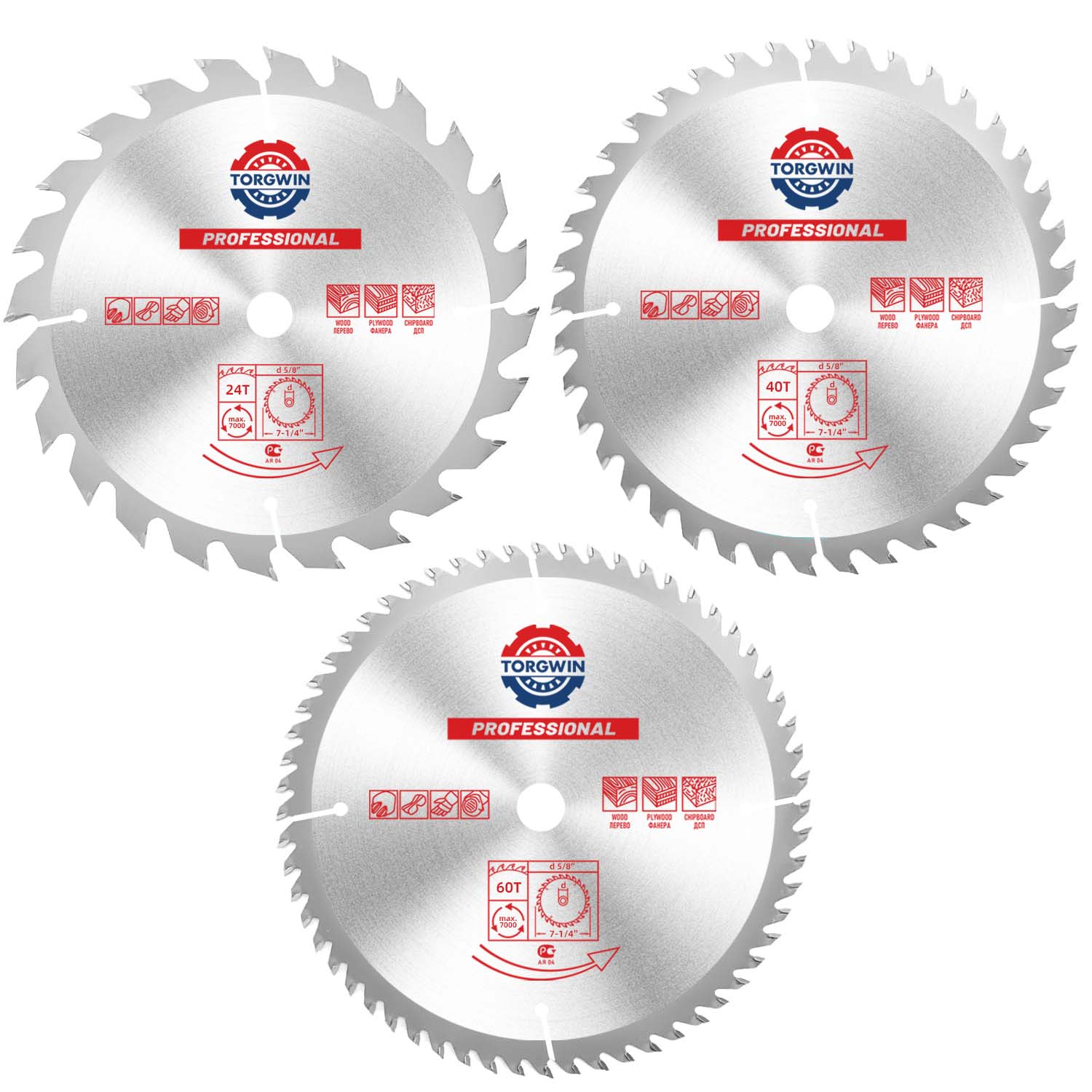How Can an Alloy Saw Blade Revolutionize Your Cutting Projects and Enhance Precision in Your Work?
2025-02-26
When it comes to cutting through tough materials, precision and durability are key. Whether you're working on a DIY project, industrial cutting, or any form of heavy-duty task, the right tools can make a significant difference in the final results. One such tool that has proven its worth time and again is the alloy saw blade. So, how can an alloy saw blade revolutionize your cutting projects and enhance precision in your work?
What Is an Alloy Saw Blade and Why Should You Use It?
An alloy saw blade is a cutting tool made from a combination of different metals and alloys, typically featuring a steel core with various high-performance materials such as carbide or tungsten. These materials are carefully chosen for their strength, wear resistance, and ability to handle extreme cutting conditions. Alloy saw blades are designed to cut through harder materials like metal, concrete, and wood with ease, making them invaluable in both industrial settings and home workshops.
1. High Durability for Tough Materials
Alloy saw blades are built to handle the most challenging tasks. Their high resistance to wear and heat tolerance make them ideal for cutting tough materials like metals, plastics, and hardwood. Unlike regular saw blades, alloy blades remain sharp for much longer, reducing the frequency of replacements and saving time and money.
2. Increased Precision
The precision of your cuts is often directly tied to the quality of the saw blade you're using. Alloy saw blades offer exceptional precision, allowing for clean, smooth cuts with minimal effort. Their sharp edges and strong construction ensure that you achieve the desired cut with accuracy, even in high-pressure situations. This makes them a top choice for tasks that require a high degree of detail and finesse.
3. Versatility Across Different Projects
Whether you're cutting metal pipes in plumbing, wood planks in carpentry, or concrete slabs for construction, alloy saw blades offer unparalleled versatility. The variety of blade types available means you can find the perfect blade for virtually any cutting job, including circular saw blades, jigsaw blades, and more. This flexibility makes alloy saw blades an essential tool in any tradesperson's toolkit.
How Does the Composition of Alloy Saw Blades Impact Their Performance?
The performance of an alloy saw blade is largely determined by its composition. Different alloys and coatings contribute specific advantages to the blade, helping it perform optimally in various environments and tasks.
1. Carbide-Tipped Alloy Blades
One of the most common and effective materials used in alloy saw blades is carbide. Carbide-tipped alloy blades are incredibly hard, which allows them to cut through even the toughest materials with ease. This type of blade is widely used in metalworking and woodworking because of its ability to stay sharp longer and resist wear.
2. Tungsten Alloy Blades
Tungsten blades are another example of high-performance alloy saw blades. Tungsten is known for its extreme hardness and high melting point, which makes it ideal for high-heat cutting jobs. These blades are particularly beneficial for cutting metals and other hard materials that would cause standard blades to wear down quickly.
3. Coatings for Enhanced Performance
Many alloy saw blades feature specialized coatings, such as diamond or titanium coatings, to further improve their performance. These coatings help increase the blade's longevity, reduce friction, and make it even more effective in high-speed or heavy-duty applications. Coated alloy blades are particularly useful for cutting abrasive materials, ensuring smooth cuts without excessive wear.
How Do Alloy Saw Blades Improve Efficiency and Reduce Costs?
In addition to their durability and precision, alloy saw blades also offer several benefits that can improve efficiency and reduce overall costs in the long run.
1. Longer Lifespan Means Fewer Replacements
One of the primary advantages of alloy saw blades is their extended lifespan compared to traditional steel blades. Because they are made from tougher materials, alloy blades maintain their sharpness for a longer period, which means less frequent replacements. This can be a huge cost saver, particularly for businesses or individuals who use saw blades frequently.
2. Faster Cutting Speeds
The superior construction and materials used in alloy saw blades allow for faster cutting speeds without compromising on quality. As these blades can handle more stress and maintain their sharpness, they help you complete your projects more quickly. This can boost productivity, whether you're working on large-scale industrial tasks or small-scale DIY projects.
3. Reduced Downtime
Thanks to their durability, alloy saw blades are less likely to experience damage during use. As a result, you're less likely to experience downtime while waiting for a blade replacement. In high-demand settings, reducing downtime can be a significant factor in keeping projects on track and avoiding delays.
What Are the Best Practices for Using and Maintaining Alloy Saw Blades?
To ensure you get the most out of your alloy saw blade, proper usage and maintenance are crucial. Here are a few tips to help you maximize performance:
1. Choose the Right Blade for the Job
Always select the appropriate alloy saw blade based on the material you’re cutting. For example, a carbide-tipped blade is great for cutting through wood, while a tungsten carbide blade is better suited for cutting metal or other tough materials.
2. Regularly Clean and Inspect the Blade
After each use, make sure to clean your saw blade to remove any built-up debris or material residue. Regular inspection for signs of damage or wear is also important. A well-maintained blade will last longer and perform better.
3. Use Proper Cutting Techniques
Ensure you’re using the correct cutting techniques, such as maintaining a steady speed and applying even pressure, to prevent unnecessary wear on the blade. Avoid excessive force, as this can damage the blade or cause it to overheat.
4. Store Your Blades Properly
Proper storage is essential for preserving the sharpness and integrity of your alloy saw blades. Store them in a dry, cool area and avoid exposing them to extreme conditions that could cause rust or damage.
Conclusion
Alloy saw blades are an indispensable tool in both professional and DIY environments, offering a perfect blend of durability, precision, and versatility. Their superior construction allows them to handle tough materials, provide clean cuts, and improve efficiency in your work. By choosing the right alloy saw blade for your specific needs and maintaining it properly, you can enhance your cutting projects and enjoy lasting results. Whether you're working with metal, wood, or other materials, an alloy saw blade is a powerful tool that can help you tackle your tasks with ease.



